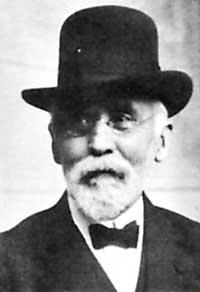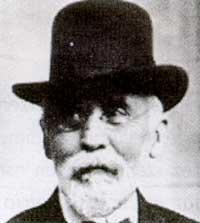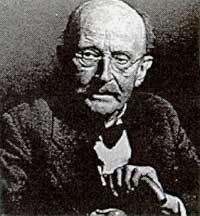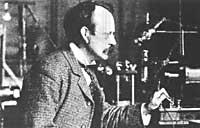Hendrik Antoon LORENTZ
1997/09/01 Elhuyar Zientzia Iturria: Elhuyar aldizkaria
Dutch physicist born in Arnhem in 1853. From a young age he welcomed research and the sciences. He earned a doctorate in physics from the University of Leiden and returned to the university to teach theoretical physics in 1878.

In 1875 he read his doctoral thesis. In it Maxwell, 10 years earlier, completed and perfected the theories on electromagnetic radiations, enunciating the electronic theory of matter. He said that atoms that make up matter have electric charge and described the individual behavior of electrons to justify their theory. The truth is that Faraday and Weber advanced that there were similar procedures, but Lorentz was the first to present the theory.
Based on this new theory, Lorentz was able to analyze a lot of phenomena. One of them is the one we know since 1896 of the Zeeman effect. Zeeman was Lorentz's assistant and postulated that that year in the violent magnetic field spectral lines are divided into several components. This discovery led two Dutch researchers to the Nobel Prize in Physics in 1902.
From 1890 he was responsible for explaining the negative results of the Michelson experiment. As a result of these studies, the lengths, masses and times between two systems of rectilinear and uniform movement were related. Since then this theory is known by the law of transformation that bears his name. For many scientists of the time, Lorentz was wrong and did not take into consideration his hypothesis. However, Einstein did not think the same. Lorentz studied in detail the proposed formulas and used them to round the theory of relativity. For many, without the contribution of Lorentz, it could hardly be understood what Einstein said at that time.
Death was discovered in Haarlem in 1928.

Gai honi buruzko eduki gehiago
Elhuyarrek garatutako teknologia






